This month, audiences can screen One Story at a Time on the Planet Classroom Network. This film is curated for the Planet Classroom Network by Planet Classroom.
Directed by Aruban Filmmaker Nathan Legger, One Story at a Time is a heartwarming film about the captivating journey of Mehdi El Gahly and Jawad Elbeid as they passionately impart ancient oral storytelling, preserving cultural heritage in the enchanting landscapes of Amizmiz, Morocco.
The Global Search for Education is pleased to welcome Nathan Legger.
Nathan, how did you come across Mehdi El Gahly and Jawad Elbeid and their mission to preserve Moroccan oral storytelling? What inspired you to create this film?
“Hikayat Morocco” was one of the two organizations chosen by our documentary filmmaking course before starting the class. My group and I decided to pursue making a film for “Hikayat Morocco” because, as filmmakers, we felt a kinship with the want and need to tell stories. Once in the country, we were introduced to Mehdi and Jawad, who were two spokesmen for the organization.
Your documentary tackles the issue of the diminishment of the important art form of oral storytelling and the tradition of passing it down. How do you hope this story will impact conversations and initiatives to preserve traditions like this one?
I’m hoping that by people watching our film, they continue to think about it and see how it applies within the world around them. Whether it be their hometown or when they’re on vacation. Oral storytelling, or the craft of storytelling, is still something we do today; we’ve just decided to make $100 million films instead, but the want to craft and tell stories is still there. By watching this film, I hope that people are able to think about traditions from their home country and keep them in mind because they are only truly lost once we choose to forget them.
Your film was produced on location in Morocco. Are there any interesting stories or challenges encountered in the filming process you would like to share?
One of the biggest challenges we faced was the fact that “Hikayat Morocco” did not have a central hub to work out of. I remember my team and I having difficulty figuring out what exactly to shoot besides the act of our interviewees telling stories in the main square. This footage was, of course, great, but we also needed additional shots and B-roll to supplement the film. It was also hard to shoot in such a public space surrounded by many people. Instead, our team decided to start thinking creatively and start shooting abstract or almost stock footage that our editor could cut to over the moments of storytelling. We think it ended up working quite well.
What impact do you hope One Story at a Time will continue to have on viewers and their perspective on cultural preservation?
Many of these cultural art forms are building blocks for those nations’ traditions and deeply rooted in its citizens’ memories. In a world that is moving so fast towards technological advancement, with so many new great ideas which will benefit society, I believe it’s important to remember where we came from and to not forget the beautiful traditions that have been passed down for centuries and generations. I hope that with this film, it helps motivate its viewers to maybe look inwards at their own country and culture and think about things that they used to do or that their parents used to do that are deeply rooted in that nation’s tradition and to revisit those at least once. I hope this helps spark an interest and admiration for the past.
Thank you, Nathan!
C.M. Rubin and Nathan Legger.
Don’t Miss One Story at a Time, now streaming on the Planet Classroom Network. This film is curated by Planet Classroom.

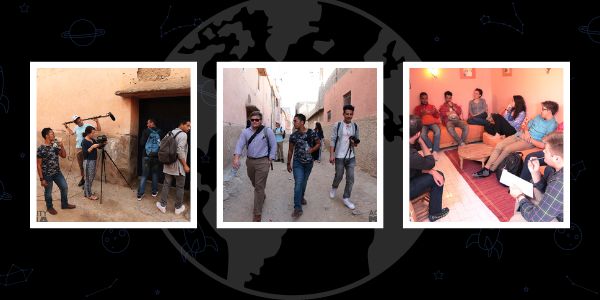
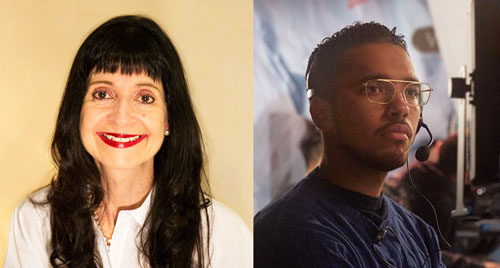
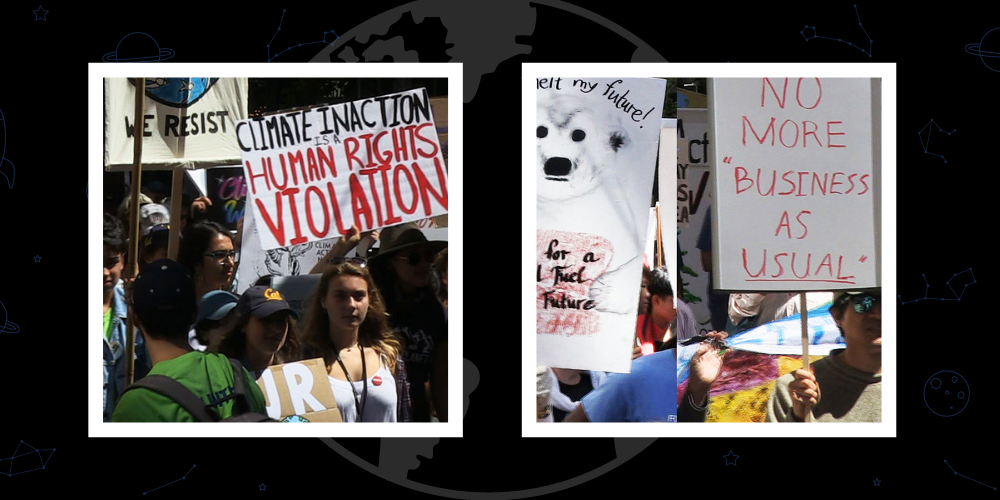
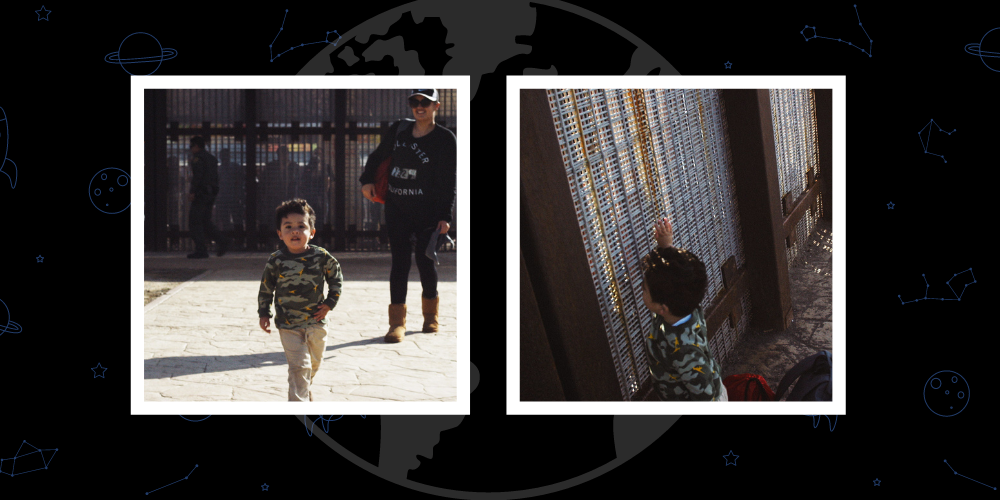
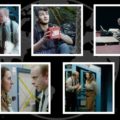
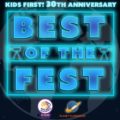
Recent Comments